In 1986, an eyewear store opened in Los Angeles-"Oliver Peoples". Today, many have heard of the eyewear brand.
Oliver Peoples focused on EYEVAN in its very early stages.
The store also bought the brand's products and played an important part in the eyewear's global promotion.
Kenny Schwartz was a founding member and Merchandising Director at that time. We visited Kenny,
a valuable asset and living witness who knew the early EYEVAN, at his home in Manhattan Beach, California.
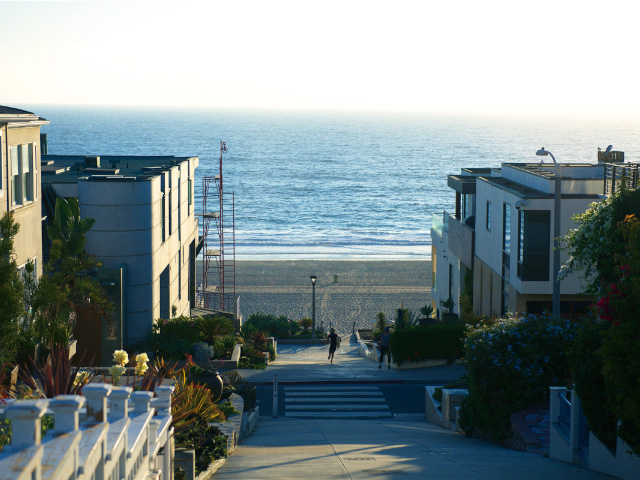
some of EYEVAN's earliest products in 1985,
the brand became known around the world.
Carving out Oliver Peoples in the mid 1980s
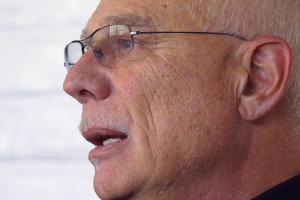
Fortunately, I was able to open my own store in 1976. It was in a place called Eagle Rock in Los Angeles. At that time, we were standing at the forefront of a wave of new technologies that had flowed into the eyewear industry. To witness such a change was also a chance to start a business for me.
The Oliver Peoples store came from my idea of wanting to make a retail store selling a completely new type of glasses in Los Angeles. In 1984, there was a place in Sunset Plaza that became available and we began preparing to open a store there. At that time, I was very excited.
We had just witnessed a new transition in Eyewear and felt that we had a great opportunity, and very enthusiastic customers. "The Sunset Strip"has always been a very iconic place, and at the time a lot of Hollywood stars would come up there. It was a great street to walk and shop. We were excited about opening our store in 1986. It would become the flagship Oliver Peoples store.
The focus that brought EYEVAN to life

We were just about to open the store but we didn't fully understand what designs we wanted to sell. We could have put vintage frames in the store. I was and am still a big collector of vintage frames, but at that point in time, we wanted to create something completely original. We had to figure out a whole different way through our experiences to do something special and unique for Oliver Peoples. That is when we went to the eyewear trade show in Anaheim and saw EYEVAN for the first time.
When we saw what EYEVAN was doing we realized that the connection was there. They were making frames that were the perfect fit with us. We would be able to make a store based around vintage eyewear, redone in an entirely new way, and offer it to the fashion community in a way that they had never been approached before.
EYEVAN as a global brand
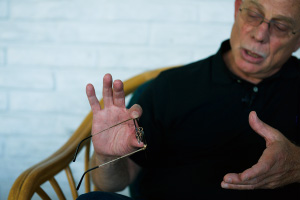
We thought if we were going to help make EYEVAN famous, we would have to represent it in a way that was really the right brand image. EYEVAN and Optec Japan's president, President Tetsuji Yamamoto (current Chairman), was also a big influence in the direction we chose, as he was a very fashion-forward man. He wore clothes that showed he really loved fashion and he always talked about big fashion. So, we decided to do everything from the high fashion side. Like items you would see on a fashion show runway. Like items you would see in Vogue Magazine.
At our location on Sunset Boulevard, we often had costume designers and film company staff coming with certain requests. For example, a costume designer for a movie about Hollywood glamour would come to the store looking for frames that matched the movie's theme. Often we would not have the right frame, but we could offer to make it through our connection with EYEVAN. We could have the frames made but we could not sell them under the Oliver Peoples brand name because we were looked at as a vintage collection. We thought it was great for EYEVAN to be that glamour collection, one that we could sell, promote, and place in movies.
One idea we developed was to bring back Audrey Hepburn-style, beautiful, big, plastic frames. The style that was popular in France in the 50s and 60s. At that time, if you didn't have a pair of big, beautiful sunglasses at the Cannes film festival, or walking around in Cannes, you were not cool. This is an example of how we worked and collaborated with EYEVAN.
Working with Optec Japan
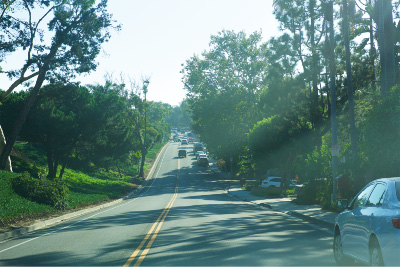
In 1985, we communicated with Optec Japan via telex. Fax machines weren’t popular until the end of the 80s. When we got our hands on our first fax machine we thought it came from heaven! However, traveling back and forth to Japan was more critical because we couldn’t communicate designs other than through the mail. So, we traveled there about 5 times each year.
A very important moment happened on my second trip to Japan. I remember very clearly that I received a gift from President Tetsuji Yamamoto (current Chairman). It was a book called “The Genius of Japanese Design”. It was such an eye-opener for me because it talked about many aspects of Japanese design like, architecture, fashion, culture and food preparation. We didn’t understand any of these aspects about Japan in the beginning. For us to embrace their culture, and have them embrace our culture, while finding ways to communicate what we knew about eyewear and what they knew about eyewear, was a really difficult bridge for us to cross.
It took a long time to develop our relationship and make our vision a reality. Our personal influences were from frames of the machine manufacturing age, made in the 20s and 30s, updating them to what was being done in the 70s and 80s. We wanted to mash it all up and come out with something even greater. That’s a hard lesson to teach because there’s so much we had to learn on their side and that they had to learn on our side as well.
We had to find our own way and learn what we needed to learn to be a success. It was a great journey. It was a really great journey. And it continues to be. Now that I see what EYEVAN is doing again, it brings back really great memories.
The EYEVAN product line
In 1985, we were attracted to the fact that EYEVAN was creating a whole new look. EYEVAN was delivering it with a frame like the EYEVAN0505. As simple as it looks, and as basic as it seems, it’s very complicated. No one had ever made eyewear with this technique. They made a design with a metal bridge that had a built in nose pad arm. This was attached directly to a plastic rim by drilling and screwing the two pieces together. As simple as that seems, nobody had done it before. It was common to drill through the lens and attach directly to metal bridges. Nobody had ever drilled it through the plastic before. This new design provided many opportunities for what that plastic color could be. It could be anything from clear to black. Anything was possible. As soon as we saw that, opportunity for creating other frames from the same concept started developing and suddenly a whole new world opened up.
We were American designers and craftsmen who infused our history and Collections with Japanese design culture. We could never change that. We can say Oliver Peoples is an authentic American brand, but we never got too far away from the ideas of “The Genius of Japanese Design” in our Brand and Product philosophy.
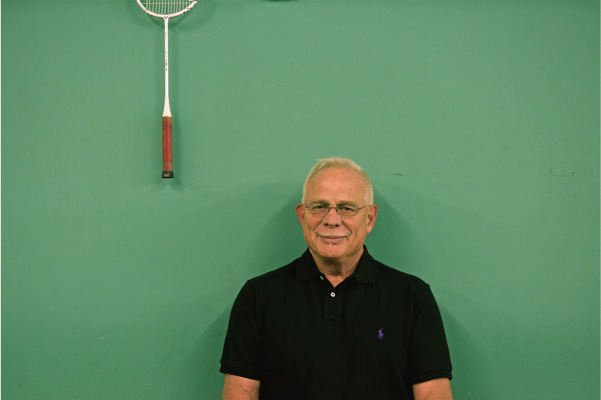
- Kenny Schwartz
- Kenny Schwartz - A man who has been involved since the opening of the eyewear store “Oliver Peoples” in Los Angeles, holding positions such as Merchandising Director, among others. He saw EYEVAN at its earliest stages and witnessed, from the mid 1980s what people worldwide came to know as EYEVAN.
 USA only
USA only
![[Meet the Pioneer / Two legends that know EYEVAN of the 1980s] Interview with Kenny Schwartz](http://eyevaninc.heteml.net/eyevaneyewear/wp-content/themes/eyevan/images/about/interview1/title_en_sp.png)
![[Meet the Pioneer] Interview with Doré Chodorow](http://eyevaninc.heteml.net/eyevaneyewear/wp-content/themes/eyevan/images/about/next-contents-btn_03_sp.png)